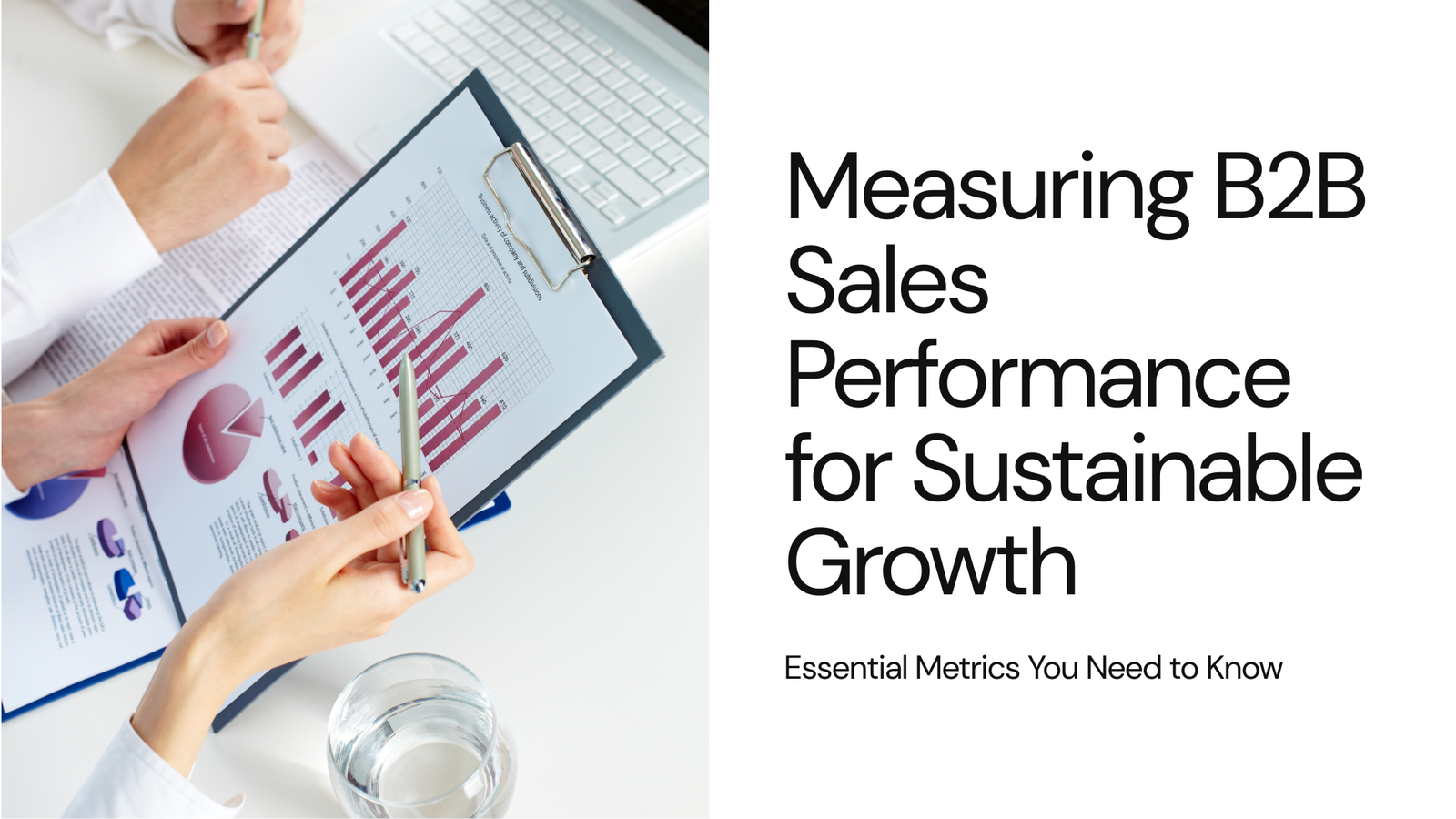 Google Certified Partner
Google Certified Partner Hubspot Certified Partner
Hubspot Certified Partner Meta Ads Partner
Meta Ads Partner Bing Ads Partner
Bing Ads Partner
In today's competitive B2B landscape, data-driven decision-making is crucial for sustainable growth. By tracking the right sales performance metrics, businesses can identify areas for improvement, optimize strategies, and drive revenue. This guide delves into essential B2B sales metrics, supported by real-time data and industry insights.
CLV represents the total revenue a business can expect from a single customer over the duration of their relationship. In 2024, the average CLV for B2B companies is projected to be around $38,000 . A higher CLV indicates strong customer loyalty and effective upselling strategies.marketingpulser.com
Churn rate measures the percentage of customers who stop doing business with a company over a specific period. High churn rates can significantly impact revenue and indicate underlying issues in customer satisfaction.
The sales cycle length refers to the average time it takes to convert a lead into a customer. For B2B companies, the average sales cycle is approximately 102 days . Shortening this cycle can lead to faster revenue realization and improved sales efficiency.
Lead conversion rates track the percentage of leads that progress through the sales funnel stages. Monitoring these rates helps identify bottlenecks and optimize the sales process.
CAC calculates the average cost incurred to acquire a new customer. Understanding CAC is vital for evaluating the return on investment (ROI) of sales and marketing efforts.
CAC Formula:
CAC = Total Sales and Marketing Expenses / Number of New Customers Acquired
The win/loss ratio compares the number of deals won to those lost. This metric provides insights into sales effectiveness and competitive positioning.
Win/Loss Ratio = Number of Deals Won / Number of Deals Lost
Average deal size measures the typical revenue generated per closed deal. Monitoring this metric helps in forecasting revenue and assessing sales performance.
Average Deal Size = Total Revenue from Closed Deals / Number of Deals Closed
Lead response time measures how quickly sales teams respond to new leads. Faster response times are associated with higher conversion rates. Responding within five minutes can make you 100 times more likely to contact a lead compared to waiting 30 minutes.
This metric evaluates the performance of individual sales representatives by measuring the number of sales they close within a specific period. It helps identify top performers and those needing additional support.
Sales per Rep = Total Sales / Number of Sales Representatives
Revenue growth tracks the increase in sales revenue over a specific period. It's a primary indicator of business expansion and market competitiveness.
Revenue Growth (%) = [(Current Period Revenue - Previous Period Revenue) / Previous Period Revenue] x 100
Stay up-to-date with the latest lead generation strategies and insights from Lead Minds Pro by subscribing to our newsletter. Get exclusive content, updates, and special offers delivered straight to your inbox.
 Google Certified Partner
Google Certified Partner Hubspot Certified Partner
Hubspot Certified Partner Meta Ads Partner
Meta Ads Partner Bing Ads Partner
Bing Ads Partner